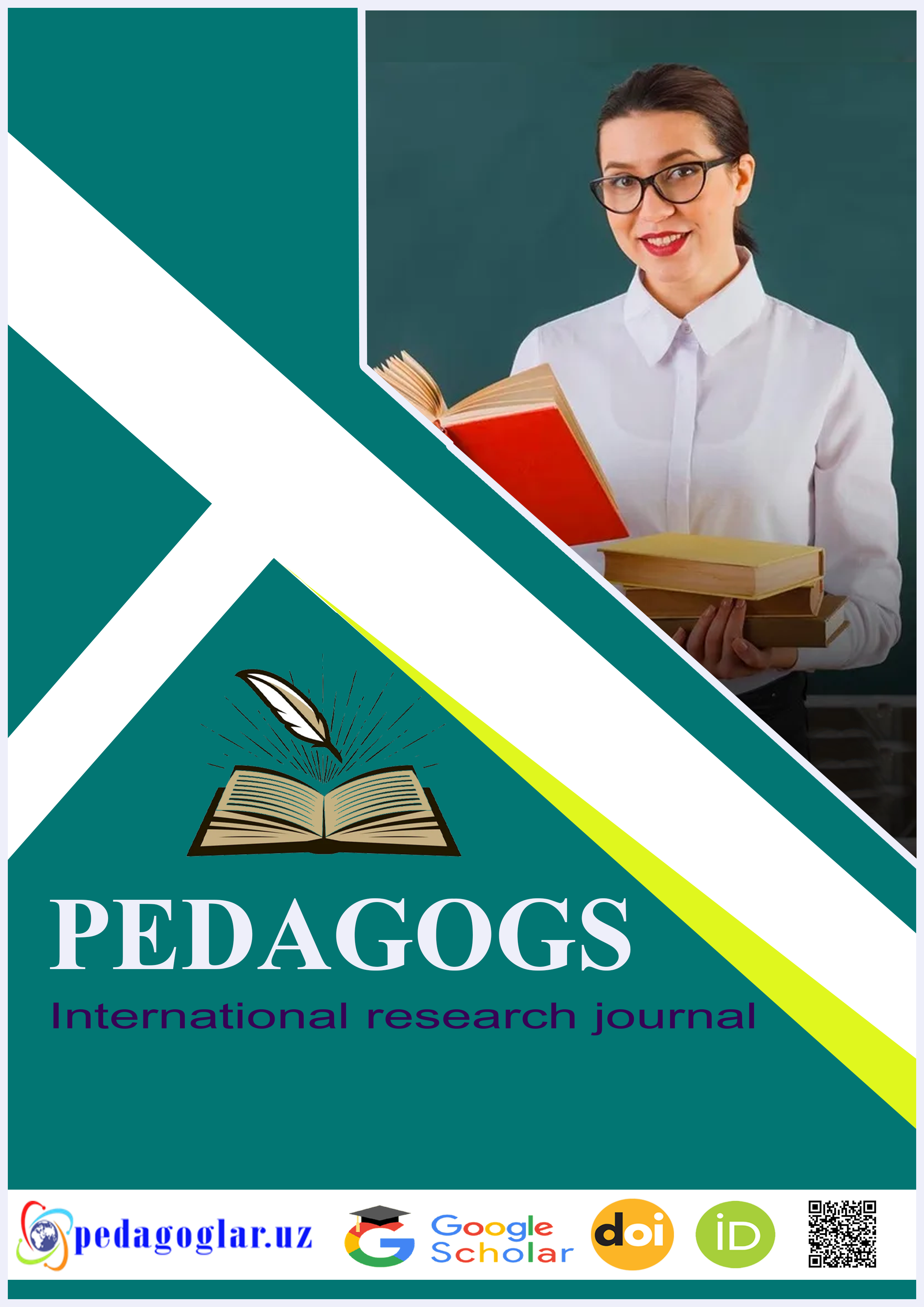THE USE OF AUDIO-LINGUAL METHOD IN TEACHING ENGLISH
Main Article Content
Abstract
Abstract. The audio-lingual method (ALM) dominated English language teaching (ELT) in the mid-20th century. This article explores the core principles of the ALM, its strengths and weaknesses, and its relevance in modern language learning. While largely superseded by communicative approaches, the ALM’s legacy offers valuable insights. The article concludes by highlighting the importance of a balanced approach in ELT that promotes both accuracy and fluency within a context of meaningful communication.
Article Details
References
Brown, James Dean. 1988. Understanding Research in Second Language Learning. United States of America: Cambridge University Press.
Bte Abdul, Nurdevi & Hijrah, Hijrah. (2013). THE USE OF AUDIO-LINGUAL METHOD IN TEACHING LISTENING COMPREHENSION AT THE SECOND YEAR STUDENTS OF SMK YAPIP MAKASSAR SUNGGUMINASA. EXPOSURE : JURNAL PENDIDIKAN BAHASA DAN SASTRA INGGRIS. 2. 189. 10.26618/ejpbi.v2i2.787.
Egamberdiyeva Nodira Hamidovna. (2022). AUDIO LINGUAL METHOD OF LANGUAGE TEACHING. Web of Scientist: International Scientific Research Journal, 3(5), 430–432. https://doi.org/10.17605/OSF.IO/6EG4U
